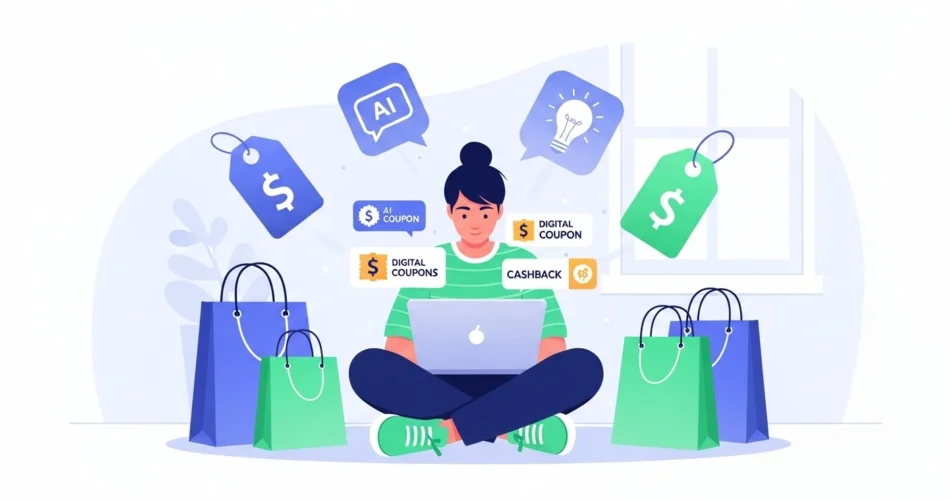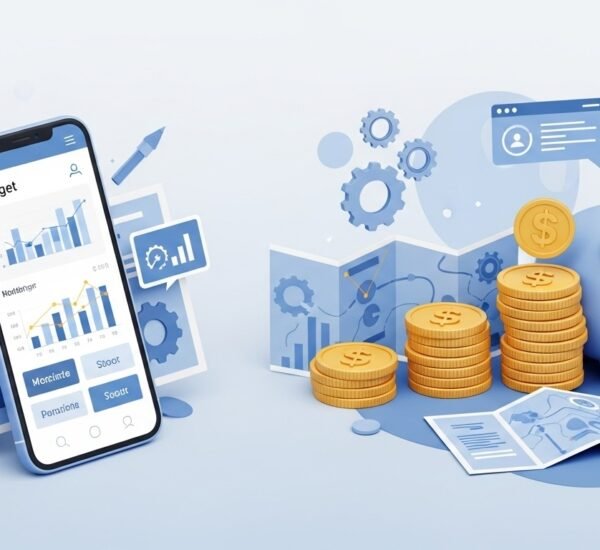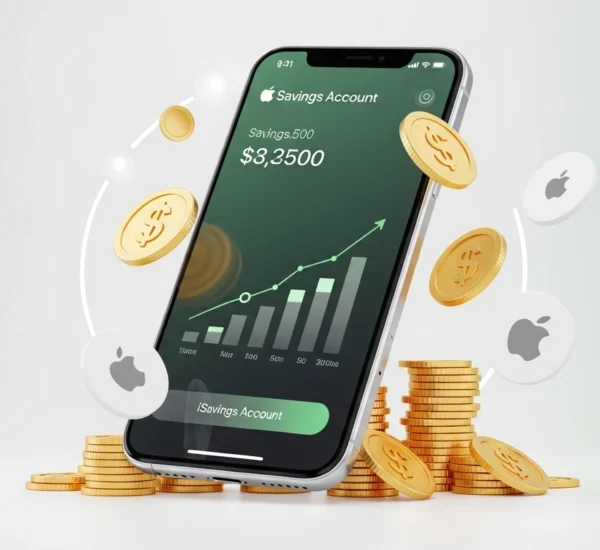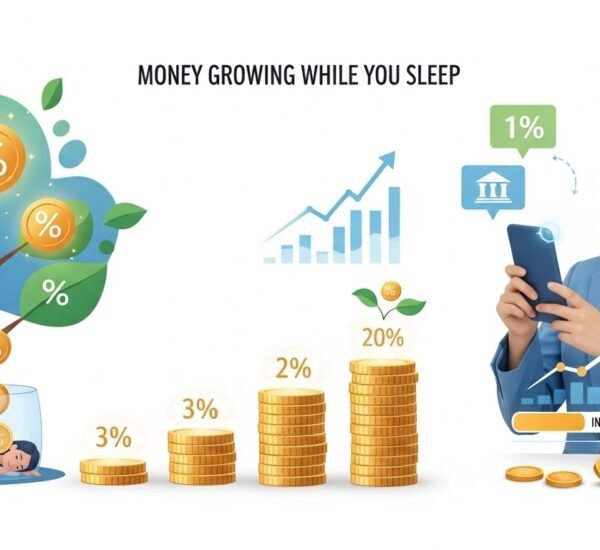The way we spend and save money is transforming rapidly in 2025. With inflation pressures, rising living costs, and the increasing role of technology in our daily lives, consumers are searching for smarter ways to stretch their budgets. Smart spending in 2025 isn’t just about cutting costs; it’s about making intelligent financial decisions using tools like digital coupons, cashback programs, AI-powered finance apps, and better shopping habits. This guide explores the latest strategies, trends, and technologies that can help anyone save more money without sacrificing lifestyle.
The Evolution of Smart Spending
A decade ago, saving money meant clipping coupons from newspapers, finding local deals, or joining loyalty programs. Fast forward to 2025, and the landscape is much more digital, data-driven, and consumer-friendly. Retailers compete to provide online coupon codes, while fintech startups have automated entire savings processes. Consumers no longer need to spend hours researching discounts. AI and smart algorithms now deliver personalized deals directly to their devices.
The shift reflects a broader trend: money-saving strategies are now about convenience and efficiency, not just frugality. People want to save, but they also want to save time. That’s where the new wave of financial tools is making a difference.
Leveraging Digital Coupons and Promo Codes in 2025
Coupons remain one of the most effective ways to reduce shopping costs. However, unlike traditional paper coupons, 2025 is all about digital-first savings. Platforms like Couponcabs and other verified coupon websites provide instant promo codes for global retailers.
Shoppers increasingly search for “best coupon codes 2025” before making purchases. Whether it’s a fashion brand, travel booking, or tech gadget, verified promo codes can significantly slash prices. The key for consumers is using trusted coupon platforms to avoid expired or fake codes. In today’s market, digital coupon codes are both a marketing tool for brands and a savings powerhouse for shoppers.
Cashback and Rewards Programs That Actually Work
Cashback is another area where smart spenders are seeing massive benefits in 2025. Instead of small discounts at checkout, consumers are earning real money back on purchases. Cashback apps and credit cards now offer anywhere from 2% to 10% back on everyday categories like groceries, fuel, dining, and travel.
The popularity of cashback programs lies in their dual benefit: you spend as usual, but over time, you accumulate tangible savings. Platforms like Rakuten, Honey Gold, and bank-issued cashback cards are leading the way. For consistent savers, cashback programs function almost like a second income stream, rewarding loyalty and smart purchasing decisions.
AI and Automation: The Future of Personal Savings
One of the biggest shifts in 2025 is the rise of AI-powered savings apps. Tools like Cleo, Digit, and newer fintech startups use algorithms to analyze your spending habits and automatically move small amounts into savings accounts.
AI isn’t just about automation; it’s about personalization. Consumers now receive customized recommendations, such as reminders about expiring coupons, alerts on better deals at competing retailers, or automated investment suggestions based on spending trends. For smart spenders, embracing AI is less about replacing decision-making and more about enhancing it with data-driven insights.
Subscription Audits: Cutting Hidden Costs
One overlooked area where people lose money is subscriptions. From streaming services to fitness apps, many consumers pay for recurring memberships they rarely use. In fact, research shows the average household spends over $200 a month on unused subscriptions.
In 2025, smart spending includes conducting regular audits of subscriptions. Apps like Truebill or Rocket Money make it easier by identifying all recurring charges and helping you cancel or renegotiate them. By eliminating unnecessary subscriptions, consumers can save hundreds annually without changing their lifestyle.
Budgeting Apps and Financial Tools You Should Try
Managing personal finance has become far easier thanks to modern budgeting apps. Whether you’re tracking daily expenses, setting savings goals, or monitoring investments, apps like Mint, YNAB (You Need A Budget), and Goodbudget provide simple dashboards for complete financial control.
The best budgeting apps in 2025 also integrate with other smart tools, combining spending insights, savings recommendations, and even credit score tracking. With financial literacy growing, these apps act as personal assistants for everyday money management.
Smart Shopping Habits for Everyday Life
While technology plays a huge role, the foundation of saving money still lies in smart shopping habits. Shoppers are adopting strategies like:
Comparing prices across multiple online platforms before purchasing.
Waiting for seasonal sales like Black Friday, Cyber Monday, or mid-year deals
Use store loyalty programs alongside coupon codes for double savings.
Even small daily changes,like meal prepping instead of eating out or choosing generic over branded products can lead to significant long-term savings. Smart spending isn’t about deprivation; it’s about making deliberate choices that align with your financial goals.
Final Thoughts: Building a Savings-First Mindset
The smartest financial tool in 2025 isn’t an app, a coupon, or a cashback card, it’s a savings-first mindset. Technology can assist, but the core principle remains the same: being intentional about how you spend. By combining digital coupons, cashback rewards, AI-powered apps, and smart shopping habits, consumers can save more than ever before while still enjoying the things they love.
Smart spending in 2025 is about balance. It’s not about cutting every expense but about finding smarter ways to manage money, reduce waste, and build financial security for the future.



